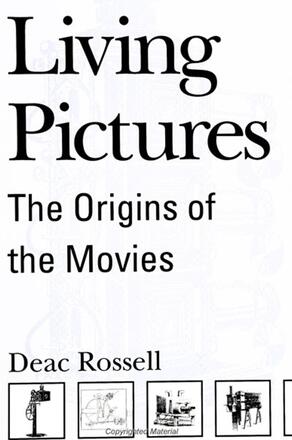
Living Pictures
The Origins of the Movies
Alternative formats available from:
A history of the near-simultaneous emergence of moving pictures in several countries in the mid-1890s and a thorough reevaluation of the development of the technology. CHOICE Outstanding Academic Book 1999
Description
CHOICE 1999 Outstanding Academic Books
This is the first book in English in nearly half a century to tell the full story of the international development of the first films, the origins of celluloid itself, the background of magic lantern shows (which were the first home of the movies), and the social influences on movie inventors and their chosen technologies. When moving pictures were invented one hundred years ago, inventors in many countries had different ideas about what a movie was, how it could be used, and how it could be seen; these ideas directly influenced their technological solutions to the problem of reproducing moving pictures, and account for the plethora of devices proposed during the period of invention. Living Pictures takes a new look at the international origins of moving pictures and examines the many solutions posed by Thomas Edison in America, the Lumière brothers in France, Robert Paul in England, and Max Skladanowsky in Germany, among many other pioneering figures.
Using concepts drawn from recent work in the sociology of the history of technology, Living Pictures places the invention of the movies firmly in the context of late-nineteenth-century entertainment and explains clearly the motivations and accomplishments of the inventors in both America and Europe who brought the first movies to astounded audiences in 1895 and 1896. In addition, new research illuminates the roles played by many secondary figures whose proposals for movies in the home, in mobile street theatres, and in major concert halls were a vivid part of the struggle of the new medium to find its place in the world.
Deac Rossell is the former National Special Projects Officer for the Directors Guild of America in Los Angeles, and former Head of Programme Planning at the National Film Theatre, London. He is currently working on a book on German cinema before 1900.
Reviews
"This book synthesizes multiple histories that constitute the origin of the movies: invention, technology, social history, aesthetics, business, science. In this it is unique. There have been many histories of the beginning of the movies (and, in what is a priceless bibliography, the author lists all of them), but none so far has gone beyond national borders. None has combined European with American contributions, and none has told the story from so many vantage points. I felt that I was finally reading the true story for the first time, told by an author that I could trust. " — Marta Braun, Ryerson Polytechnic University